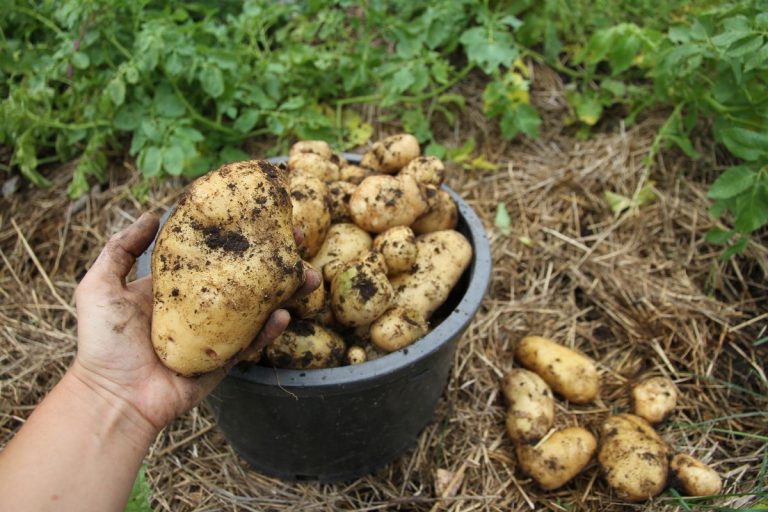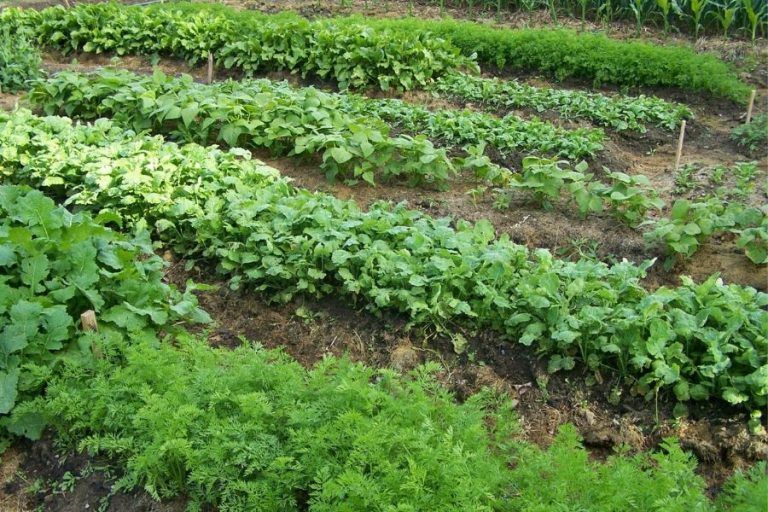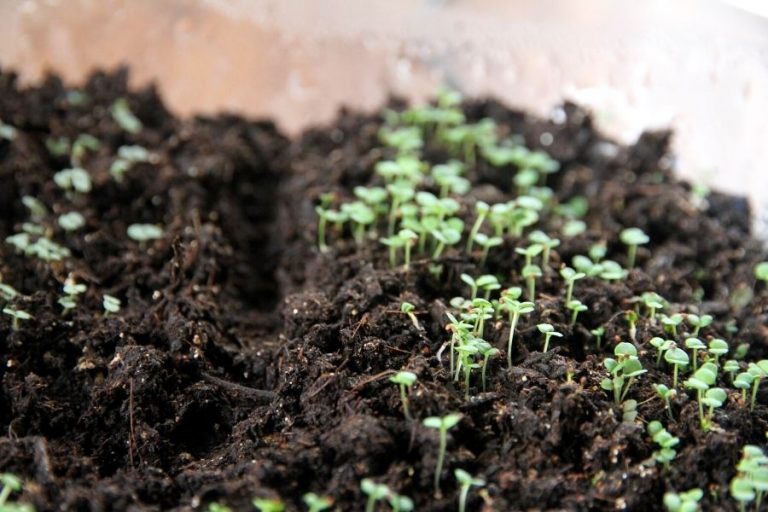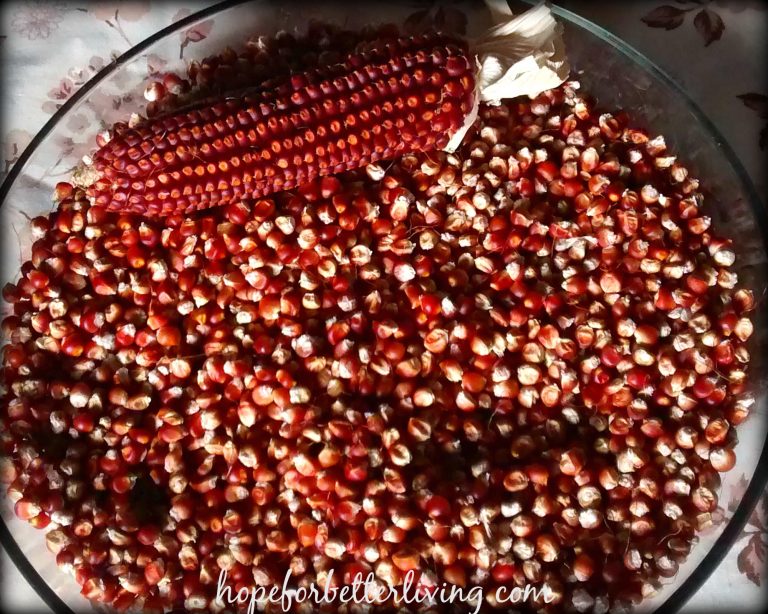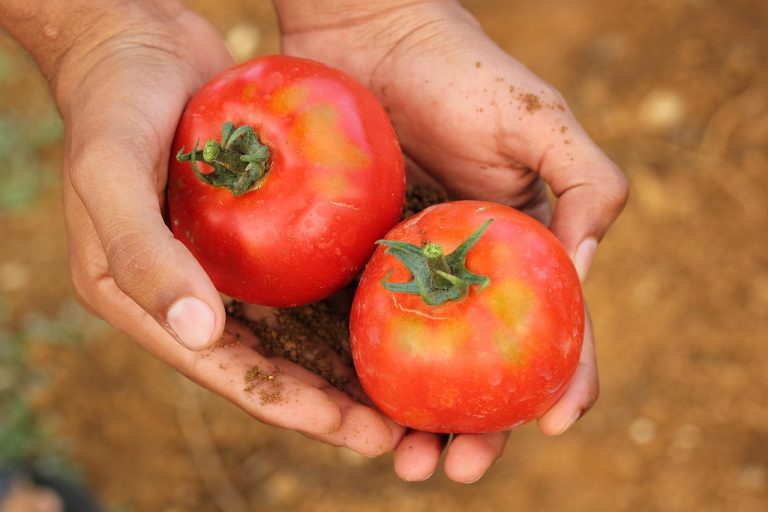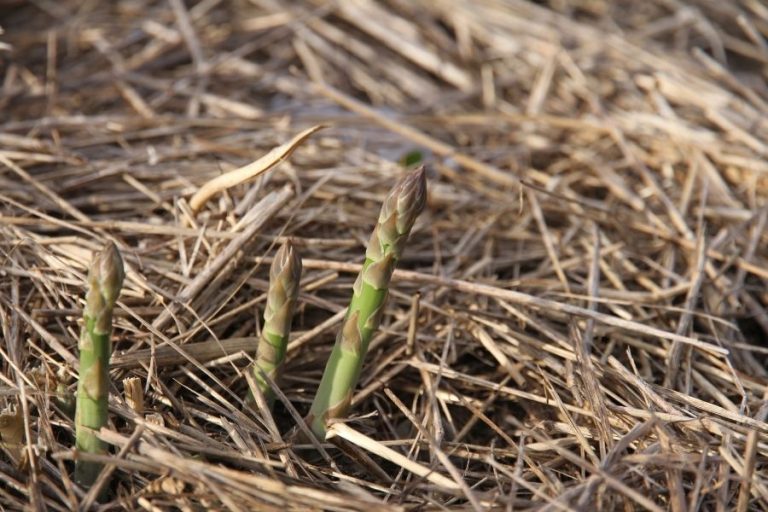Simple Guide to Curing & Storing Winter Squash
Learn how to put your winter squashes through a curing process to increase storage life, and discover how to keep them for long-term storage.

Winter squash is one of those vegetables that can take a lot of space in the garden! Each plant has several sprawling, rambling vines and they cover a lot of ground.
Most squash plants only produce a few fruits and throughout the gardening year, I sometimes find myself wondering this vegetable is worth the space it takes.
But then the fall harvest comes, and I once again realize squash is a vegetable worth having. The sweet meat can be roasted or boiled and then eaten as a side dish. You can use it in pureed soup, homemade pies, pancakes, muffins and even morning smoothies!
While the versatility of winter squash is much appreciated in our home, there's another thing I really love about this vegetable.
Winter squash stores well, even if you don't have a pantry or root cellar for storage!
All you need is a dry place with good air circulation, and a bit of know-how on proper curing techniques.
Here's your simple guide to curing and storing winter squash!
Difference Between Winter Squash and Summer Squashes
The first thing you need to know is that not all squash is suitable for long storage. Some varieties have thinners skins (summer squashes), and will quickly spoil in storage. Squash with thick, harder skin are your winter keepers.
Helpful tip: in general, home gardeners find that squashes with harder skin last longer in storage.
Summer Squash
Summer squashes are delicate, thin-skinned and ripen throughout the summer months. These squash varieties are delicious when sauted or grilled, but they don't last long in storage.
Zucchini or marrow are probably the most common summer squashes, but I've made a list below of varieties gardeners often grow.
- Pattypan Squash
- Straight Neck Squash
- Sweet Potato Squash (delicata squash)
- Yellow Crookneck
- Zucchini (yellow, green, marrow)

Winter Squashes
Winter squash has a thick, tough skin or hard shell, and ripens in late-autumn. If you want to keep fresh squash on hand after the garden is in, you need to specifically grow winter squash varieties.
Here are some of the common family groups gardeners choose from.
- Acorn squashes
- Buttercup
- Butternut squash
- Cushaw
- Hubbard
- Kabocha (Red Curi, Sweet Mama, etc)
- Pink Banana Squash
- Pumpkins (Jack of All Trades & Queensland Blue keep longest)
- Spaghetti Squash

When to Harvest Winter Squash
Knowing when to harvest squash (and pumpkins) is important, because it does affect storage life.
If you pick squash before it has time to ripen on the vine, the natural sugars won't properly develop. Unripe squash flesh (and flesh of pumpkins too) can be sour and unpalatable. If at all possible, let squash ripen on the vine!
You don't want to harvest squash too early.
But you don't want to harvest it too later either.
Winter squash can withstand a light frost (one that nips or takes topmost squash leaves), but you should always harvest squash before you get a heavy frost.
A hard frost can damage the skin of your squash (yes, even hardened skin!), and it's more likely to develop soft spots in storage.
Tips for Harvesting Winter Squash and Pumpkins
It's easy to harvest winter squash and pumpkins. Very easy! There are just two things you need to be aware of.
Harvest Squash and Pumpkins with the Stem
Always take a few inches (if not all) of the stem with your winter squash or pumpkins.
If you break stems away from mature fruit, you expose tender flesh underneath to oxygen. This is where mold, rot or decay will first appear, even if you have idea storage conditions.
Helpful tip: use pruning shears to cut the squash stem free from the vine, instead of tugging or pulling it free.
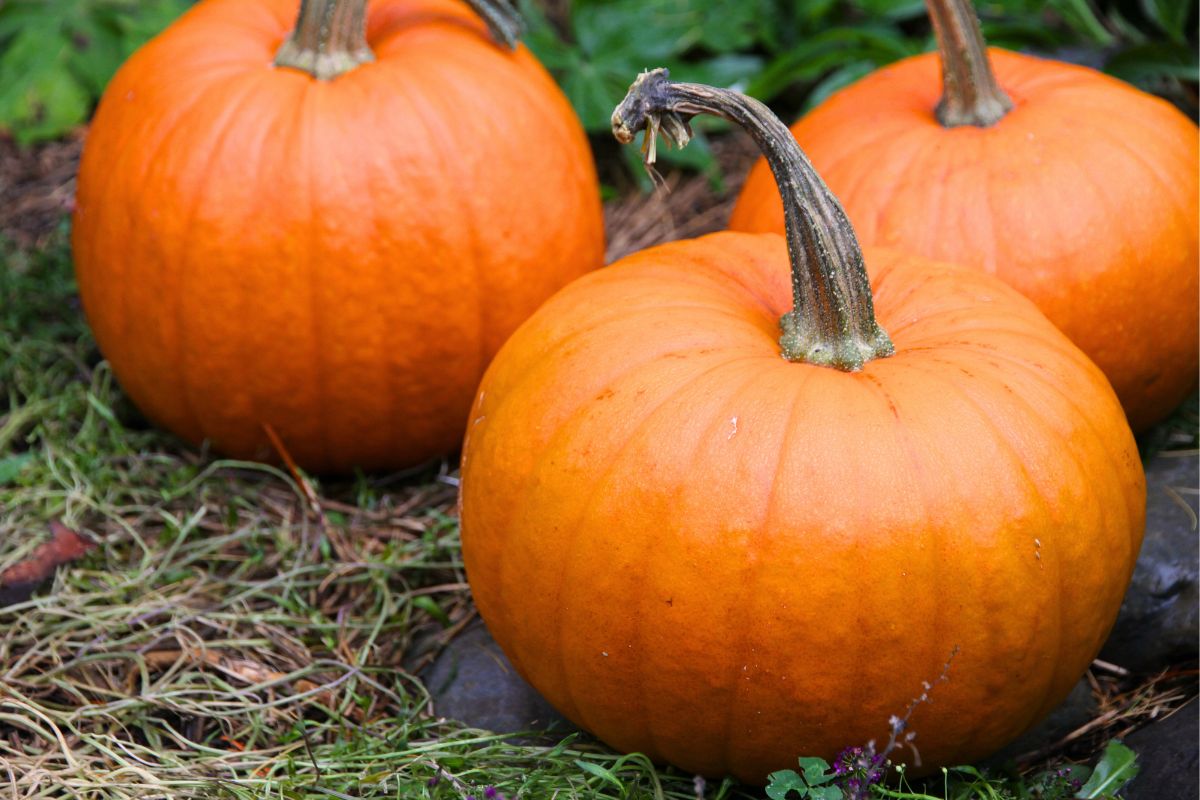
Handle It Lightly to Avoid Bruising
If you want to keep squash for winter storage, handle it "decently."
Winter squash isn't a tender tomato, but you don't want to toss, drop or bruise the flesh as you harvest. Bruises will shorten shelf life, and squash will usually decay first in a bruised spot.
Easy Way to Transport Winter Squash
Winter squashes are one of the toughest vegetables in the garden!
To transport, you can pile whole squash in buckets, wagon or even heap them in a wheel barrow when you're ready to transport fruit from the garden to the curing location.

Best Way to Cure or Harden Outer Skin on Winter Squash
There isn't a "right way" to cure and harden the skin on your winter squash and pumpkin.
Some folks go through a painful curing process, while others pile their squash or pumpkin harvest on a barn floor, in garage or storage shed and pick through it all the winter.

I keep my squash in the pantry/cold room just off the north end of my kitchen. With squash sitting on wooden shelves, I don't want things to spoil and drip everywhere.
So I do take pains to cure winter squash before putting it into winter storage. Here's a step-by-step guide...and don't worry! Squash cures quickly and the process is very simple.
- Bring your squash harvest indoors to dry, well-ventilated spot that is also semi-cool (ex. don't put it next to a wood stove or furnace).
- Spread squash out in a single layer, with space between each fruit.
- Let ripe fruit sit for several weeks and the skin will harden and "heal" over any nicks or scratches it received during harvest.
- Squash usually cures in about 2-3 weeks, but let it sit until the entire squash no longer has pieced skin, fresh scratches or the like.
- Put your squash into winter storage and start using immediately.
Watch the Video on How to Cure & Store Winter Squash & Pumpkins!
Best Environment for Long-Term Storage
There are probably several places in (or around) your home where you can store winter squash. Here are the things to look for in a storage place!
- Squash likes to be stored in a dry place; high humidity will make squash rot faster'n anything!
- Winter squash doesn't last as long in cold temperatures, so try to find a place that averages 50F (10C).
- A well-ventilated area is a must; don't stuff squash in a back closet or a small, closed off room.
- Choose an area with somewhat consistent temperatures.
How to Store Winter Squash or Pumpkins on Pantry Shelf
I like my winter squash to keep until spring, so I take pains while harvesting, curing and storing it in my pantry cold room!
Here's the procedure for storing pumpkins on a shelf.
- Gently dust your fruits to remove any patches of dry soil still clinging to the shell.
- Cover your shelves with a layer of brown paper (I like to use paper grain sacks for this!).
- For short-term storage, you can stack winter squash.
- For long-term storage, spread squash out in a single layer, with space between each fruit for air circulation.
- Try to check your squash every week and immediately use any that are beginning to develop soft spots.
In my pantry/cold room, I like to line shelves with paper because it makes it easier to tell if squashes, winter pumpkins or pie pumpkins have gone bad. Juices soak into the paper and spread, making it easy to spot any signs of decay.
Storage Time for Winter Squash
The length of time squash or pumpkins will last in storage depends on the variety, whether or not it was properly cured and conditions your squash is stored under. Generally speaking, the thicker skinned squashes last longer. Some are so tough, you might need a machete to split them open.
Helpful tip: if your squash isn't lasting more than a few months in storage, try a variety with a tougher skin.
In general, winter squash should last at least 5-6 months if properly handled and stored.
Questions Folks Ask
Can you store immature squash over winter?
You can, but squashes and even pumpkins that don't mature on the vine won't taste good. The natural sugars don't fully develop and you have bland-tasting or even slightly sour flesh.
Do I need to harvest squash before my first frost?
Summer squash has thinner skin and is sensitive to even a light frost. But winter squash can withstand a few light nips that kill the topmost leaves on the plant.
For best results in storage, harvest winter squash before a hard frost claims the entire squash plant.
Can I store squash or pumpkins without the stem?
Sometimes stems do break off during harvest or transport. You can store winter squash without the stem. Just be sure to use those fruits up first, because they won't last as long!

